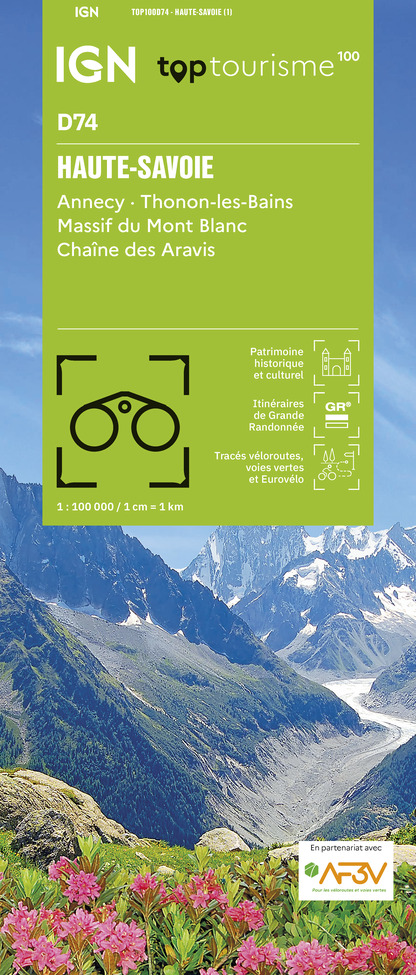Alert
Alerts
"Bois de la Duche" tour



IGN cards











Description
The trail crosses several passages in forests and clearings, following by several ridges with a view on "Les Troncs", the last hamlet of the valley of Bouchet. Return by the Borneronde pass.
Technical Information
Altimetric profile
Starting point
Points of interest
Date and time
- From 01/05/2026 to 31/10/2026
Additional information
Environments
Mountain view
Mountain location
Updated by
Le Grand-Bornand Tourisme - 26/07/2025
www.legrandbornand.com
Report a problem
Open period
From 05/01 to 10/31.
Contact
Phone : 04 50 02 78 00
Email : infos@legrandbornand.com
Website :
https://www.legrandbornand.com
https://www.cirkwi.com/fr/circuit/185346-circuit-du-bois-de-la-duche
Facebook : http://www.facebook.com/legrandbornand
Twitter : http://twitter.com/mongrandbo
Location complements
Information available at the Tourism Office or refer to the maps and/or guidebooks to locate the various hikes.
Take advantage of free shuttle buses to La Duche from 12/07 to 17/08/25.
Animals
Yes
Data author




